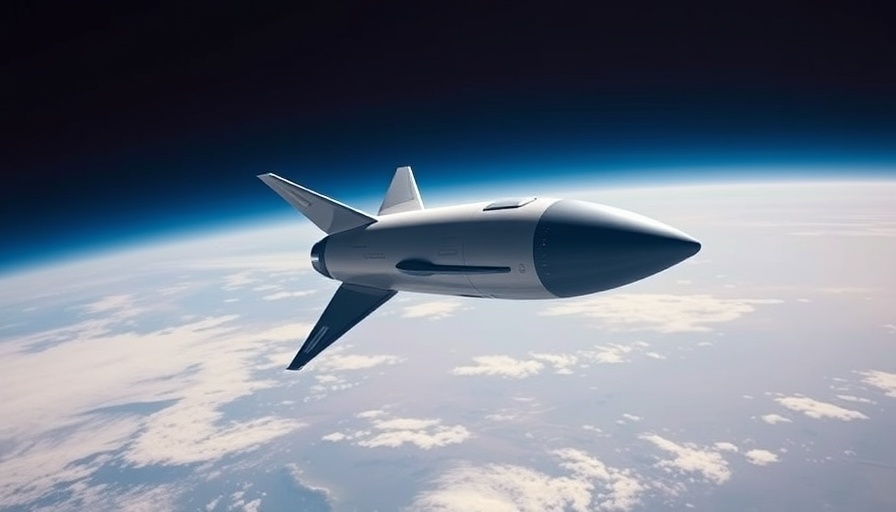
Space Force's $13.7 Billion Launch Contracts: A Game Changer for National Security
The U.S. Space Force has made a significant investment of $13.7 billion in next-generation launch vehicles, marking a new chapter in the realm of space operations. With contracts awarded to major industry players like SpaceX, United Launch Alliance (ULA), and newcomer Blue Origin, this strategic move is poised to reshape the landscape of America's national security in space.
Understanding the Implications of Diverse Launch Providers
On April 6, 2025, the Space Force broke new ground by announcing the allocation of funds among three key providers: SpaceX received $5.9 billion for 28 missions, ULA secured $5.4 billion for 19 launches, and Blue Origin garnered $2.4 billion for seven missions. This decision to spread contracts across various companies is not merely a fiscal strategy; it serves to maintain competition, reduce risks associated with single-provider dependency, and ensure reliable access for critical military payloads.
A Strategic Response to a Growing Space Defense Demand
The military's burgeoning interest in space has grown in tandem with global defense spending, which topped $58.4 billion in 2023—nearly double the figures seen in 2018. The Space Force’s emphasis on collaborating with multiple launch providers is a direct response to the urgent need for a resilient space launch architecture, a foundational element for economic growth and national security, according to Gen. Chance Saltzman, Chief of Space Operations.
Blue Origin Enters the Arena: The Future of Heavy-Lift Capability
Blue Origin, with its New Glenn rocket, has made its first foray into the Space Force’s high-stakes Lane 2 category. Although not yet fully certified, the prospect of integrating a new player into this lucrative contract landscape emphasizes the Space Force’s commitment to enhancing its launch capabilities while acknowledging the importance of proven providers. The expanded mission tempo—with plans for 54 Lane 2 launches from 2027 to 2032—aims to nearly double previous rates, amplifying the competitive spirit in the launch industry.
Viewing the Bigger Picture: Space Force's Broader Strategy
Beyond the immediate financial benefits, this diversification plan addresses potential vulnerabilities related to launch failures or market shifts, thereby fortifying America's presence in space. According to Maj. Gen. Stephen Purdy, Acting Assistant Secretary of the Air Force for Space Acquisition and Integration, through the new NSSL Phase 3 Lane 2 contracts, the U.S. will remain a leader in space launch—crucial for launching defense satellites and reinforcing the industrial base.
What This Means for Emerging Launch Companies
This landmark investment isn't only about supporting well-established companies. As the Space Force gears up for the future, it will also open the door for rising stars in the launch sector, such as Rocket Lab and Stoke Space, with impending Lane 1 contracts worth up to $5.6 billion. This structured approach champions innovation while securely managing risk by assigning sensitive missions to companies with proven capabilities. The allocation of approximately 30 missions for newly emerging firms corresponds to a broader effort to develop a resilient and diverse industrial ecosystem.
Conclusion: The Strategy Behind the Investments
The Space Force's investment in next-gen launch vehicles is a clear indicator of the changing dynamics in space defense. By embracing multiple providers, including newcomers like Blue Origin, the U.S. not only aims to secure reliable access to space but also to foster a competitive marketplace that can efficiently respond to future challenges. As we look ahead to 2027, the collaborations forged now will resonate deeply in operational readiness and national security.
For businesses in tech-driven sectors, this evolving landscape presents a unique opportunity to engage with and innovate alongside defense initiatives shaping our future in space.
 Add Row
Add Row  Add
Add 




 Add Row
Add Row  Add
Add 

Write A Comment